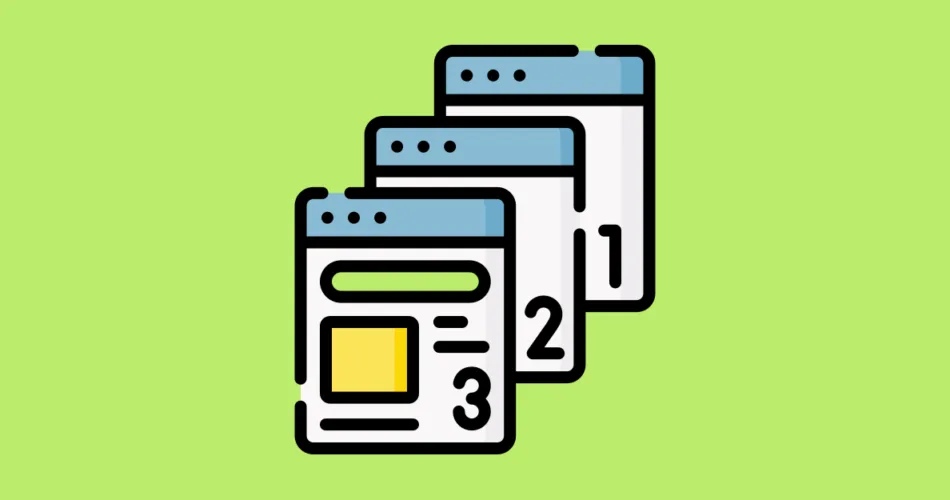Version controlled systems are powerful tools not only for managing source code but also for handling documentation effectively. In this article, we’ll explore how to use version control for documentation and establish collaborative documentation workflows.
Using Version Control for Documentation
Traditional methods of document management often involve multiple file versions, leading to confusion and potential data loss. With version controlled systems like Git, you can manage your documentation efficiently:
- Version History: Every change to your documentation is tracked, allowing you to see who made each change, when it was made, and what exactly changed. This history can be invaluable for auditing and troubleshooting.
- Collaboration: Teams can simultaneously work on the same documentation without conflicts. Git’s branching and merging capabilities ensure that changes from different team members can be combined seamlessly.
- Backup and Recovery: Documentation stored in a version control system is less susceptible to accidental deletions or data loss. You can always roll back to a previous version if needed.
- Remote Access: Since version control repositories can be hosted remotely (e.g., on GitHub or GitLab), team members can access and contribute to documentation from anywhere with an internet connection.
# Initialize a new Git repository for documentation
git init
# Add documentation files
git add .
# Commit changes
git commit -m "Initial documentation"
# Create a new branch for a documentation update
git checkout -b update-docs
# Make changes and commit
git commit -m "Update installation instructions"
# Merge changes back to the main branch
git checkout main
git merge update-docs
Utilizing Git for documentation ensures consistency, collaboration, and a reliable history of changes.
Collaborative Documentation Workflows
Creating a collaborative workflow for documentation allows multiple team members to work together efficiently. Here’s how:
- Branching Strategy: Adopt a branching strategy that suits your documentation workflow. For instance, you could use branches for specific documentation features or topics. Team members can create their branches for updates or additions.
- Review Process: Implement a review process to ensure the quality and accuracy of documentation. Pull requests or merge requests can be used to initiate reviews. Team members can comment on proposed changes and suggest improvements.
- Documentation as Code: Treat documentation like code by storing it in a version control repository. This encourages collaboration, code review, and automated deployment of documentation updates.
- Continuous Integration (CI): Integrate documentation updates with your CI/CD pipeline. Automated builds and tests ensure that the documentation stays up to date and accurate.
# Create a new branch for documentation updates
git checkout -b update-install-guide
# Make changes to the installation guide
# Commit changes and push the branch
git push origin update-install-guide
# Open a pull request for review and approval
# Once approved, merge the changes into the main branch
A collaborative documentation workflow streamlines the process of creating, reviewing, and maintaining documentation, ensuring that it remains accurate and valuable to your team and users.
Version control for documentation is a powerful practice that can significantly improve the way teams create, manage, and collaborate on documentation projects. By embracing version control systems like Git and implementing collaborative workflows, you can ensure that your documentation remains accurate, up to date, and accessible to your team members.
Subscribe to our email newsletter to get the latest posts delivered right to your email.


Comments